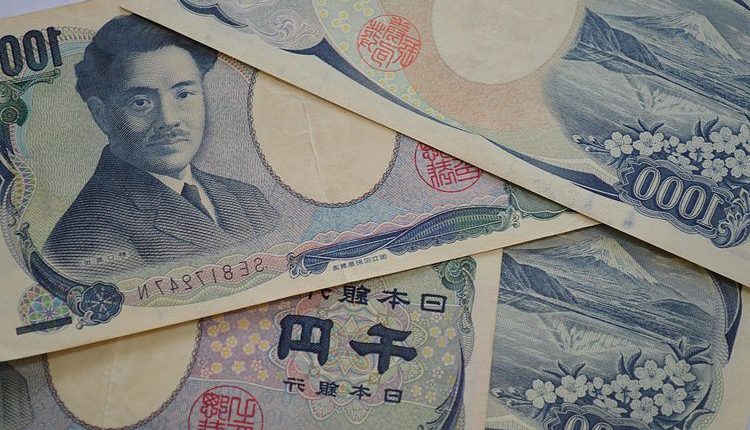- USD/JPY trades sideways near 149.00 amid uncertainty over the Fed interest rate outlook.
- The Fed is expected to cut interest rates by 25 bps in November and December too.
- Investors will pay close attention to Japan’s National CPI data for September.
The USD/JPY pair trades in a tight range near 149.00 in Wednesday’s North American session. The asset consolidates as investors look for fresh cues about the Federal Reserve’s (Fed) likely interest rate action in the remaining year.
Market sentiment remains risk-averse amid growing speculation that former US President Donald Trump could win presidential elections, which are scheduled on November 5. The S&P 500 trades cautiously in the opening session. The US Dollar Index (DXY), which tracks the Greenback’s value against six major currencies, trades in a tight range near a two-month high around 103.40.
According to the CME FedWatch tool, 30-day Federal Funds futures pricing data shows that the central bank will cut interest rates by 25 basis points (bps) in both policy meetings in November and December.
Lately, traders have priced out Fed large rate cut bets as a string of United States (US) data for September showed that economic prospects are not as bad as they appeared earlier. US Nonfarm Payrolls and the Services PMI grew at a robust pace, with inflationary pressures rising faster-than-expected.
On the Tokyo front, the Japanese Yen (JPY) has remained under pressure from a past few weeks as investors doubt about more rate hikes from the Bank of Japan (BoJ) in the remainder of the year. For fresh interest rate cues, investors will pay close attention to the Japan’s National Consumer Price Index (CPI) data for September, which will be published on Friday. National CPI ex Fresh Food is estimated to have grown at a slower pace to 2.3% from 2.8% in August.
Japanese Yen FAQs
The Japanese Yen (JPY) is one of the world’s most traded currencies. Its value is broadly determined by the performance of the Japanese economy, but more specifically by the Bank of Japan’s policy, the differential between Japanese and US bond yields, or risk sentiment among traders, among other factors.
One of the Bank of Japan’s mandates is currency control, so its moves are key for the Yen. The BoJ has directly intervened in currency markets sometimes, generally to lower the value of the Yen, although it refrains from doing it often due to political concerns of its main trading partners. The BoJ ultra-loose monetary policy between 2013 and 2024 caused the Yen to depreciate against its main currency peers due to an increasing policy divergence between the Bank of Japan and other main central banks. More recently, the gradually unwinding of this ultra-loose policy has given some support to the Yen.
Over the last decade, the BoJ’s stance of sticking to ultra-loose monetary policy has led to a widening policy divergence with other central banks, particularly with the US Federal Reserve. This supported a widening of the differential between the 10-year US and Japanese bonds, which favored the US Dollar against the Japanese Yen. The BoJ decision in 2024 to gradually abandon the ultra-loose policy, coupled with interest-rate cuts in other major central banks, is narrowing this differential.
The Japanese Yen is often seen as a safe-haven investment. This means that in times of market stress, investors are more likely to put their money in the Japanese currency due to its supposed reliability and stability. Turbulent times are likely to strengthen the Yen’s value against other currencies seen as more risky to invest in.
Read the full article here

